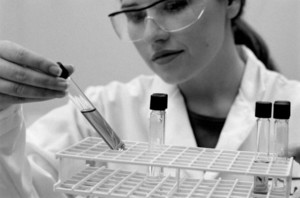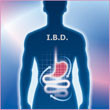In an article in The New England Journal of Medicine (NEJM) by Ellis F Unger, Aliza M Thompson, Melanie J Blank, and Robert Temple, published on 6 January 2010 at NEJM.org, it is stated that it is time for a re-evaluation of erythropoiesis-stimulating agents (ESAs).
- Home
-
Generics
News
- FDA approves generic teriparatide and levetiracetam
- US generics launch and approval for Dr Reddy’s and Lupin
- Five Chinese companies join UN’s MPP for Covid-19 medicines
- South Korean companies to make generic Bridion and COVID-19 drugs
Research
- Generic medications in the Lebanese community: understanding and public perception
- Community pharmacists’ understanding of generic and biosimilar drugs: Lebanon case study
- Reshaping landscape of Japanese generics market – uncertain future of universal health insurance
- Impact of e-bidding procurement on generic omeprazole injection prices in Thailand
-
Biosimilars
News
- EMA recommends approval of first denosumab biosimilar Jubbonti and Wyost
- First denosumab biosimilars approved in Canada and the US
- Dr Reddy's launches bevacizumab biosimilar Versavo in the UK
- EMA recommends approval of ustekinumab biosimilar Pyzchiva
Research
- Comparing biosimilar adoption: Medicare Advantage versus traditional Medicare
- Questioning the need for ethnic sensitivity assessments for biosimilar monoclonal antibodies
- ANVISA's role in biosimilar medicine regulation and innovation promotion
- Infliximab discontinuation in patients with originator retransition vs biosimilar continuation
- MORE EDITORIAL SECTIONS
- Search








 0
0











Post your comment